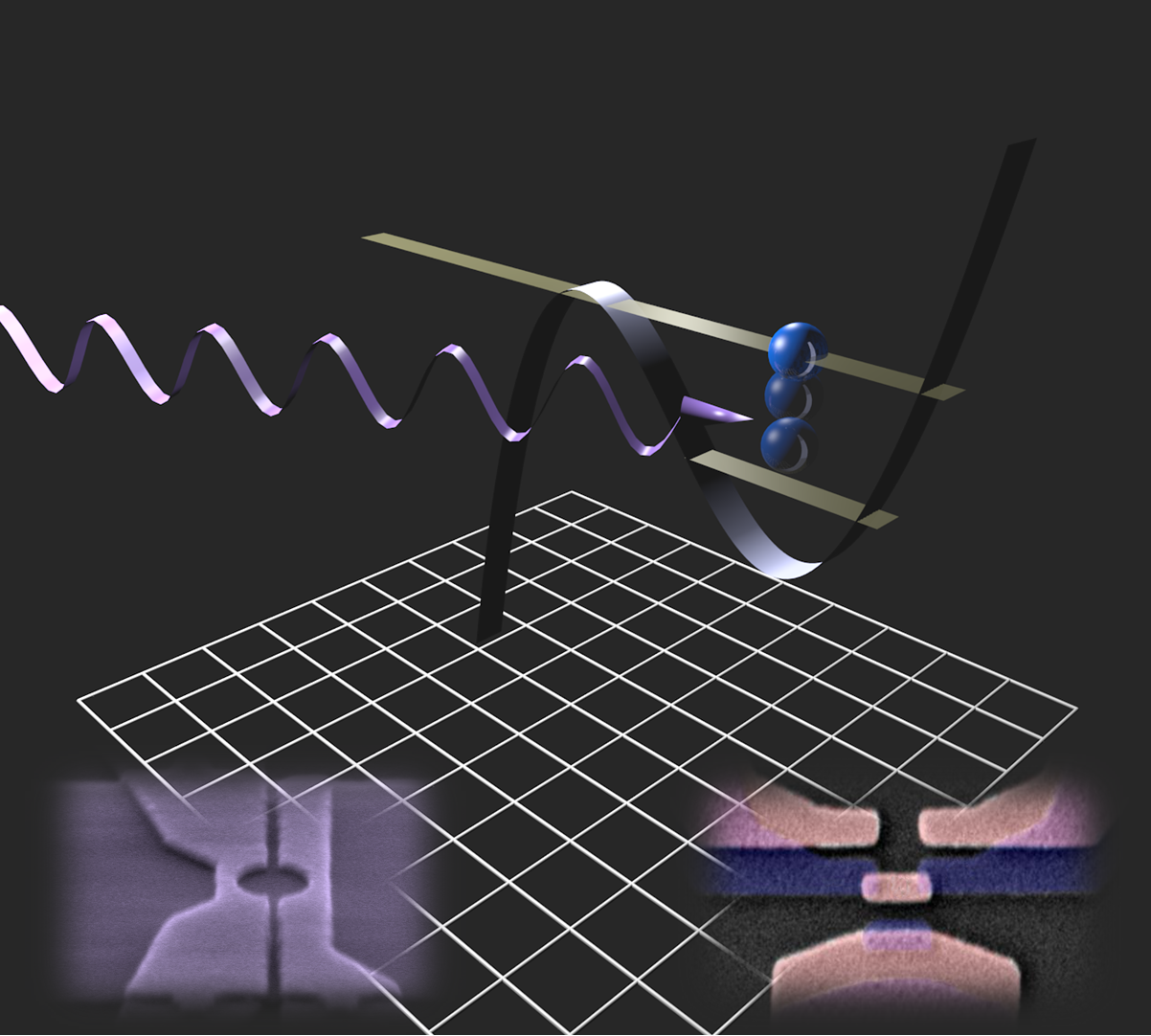WP1: Development of microwave photon detectors
Workpackage leader: Dr Antti Manninen, MIKES
Other participants: PTB, NPL, INRIM, Aalto, LanU, RHUL

The aim of this workpackage is to develop detectors for microwaves working ultimately at the single photon level. The development is biased towards sensing microwaves travelling in waveguides at temperatures below 300 mK, but the detectors can also be used to detect free-space radiation e.g. using an integrated antenna.
To cover the frequency range from below 10 GHz up to about 300 GHz, several different detector designs with different operation principles are needed: single-electron tunneling (SET) -based detectors, thermal detectors based on superconductor - normal metal - superconductor (SNS) structures, and superconducting bifurcation amplifier detectors. The SET detectors based on semiconducting quantum dots cover the high-end of the frequency range 100 GHz - 300 GHz, and the SET detectors based on SINIS technology (superconductor - insulator - normal metal - insulator - superconductor) are optimal for 50 GHz - 150 GHz frequencies. The SNS detector is expected to be optimal in the range 10 GHz - 80 GHz, and the bifurcation amplifier detector works down to frequencies below 10 GHz. Thus these different types of detectors complement and support each other. Success in detecting single photons in real time by any of these detectors would be a breakthrough in microwave sensing.

The research within this EURAMET joint research project receives funding from the European Community's Seventh Framework Programme, ERA-NET Plus, under Grant Agreement No. 217257.
For more information, please contact the project coordinator, Dr Antti Manninen from MIKES
